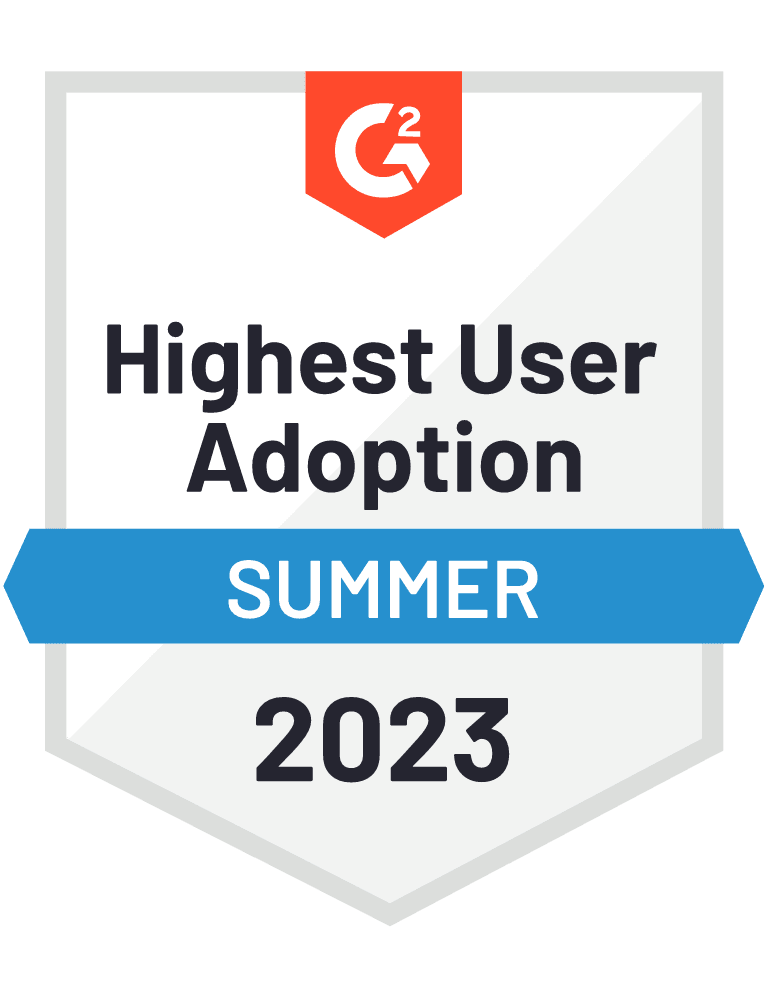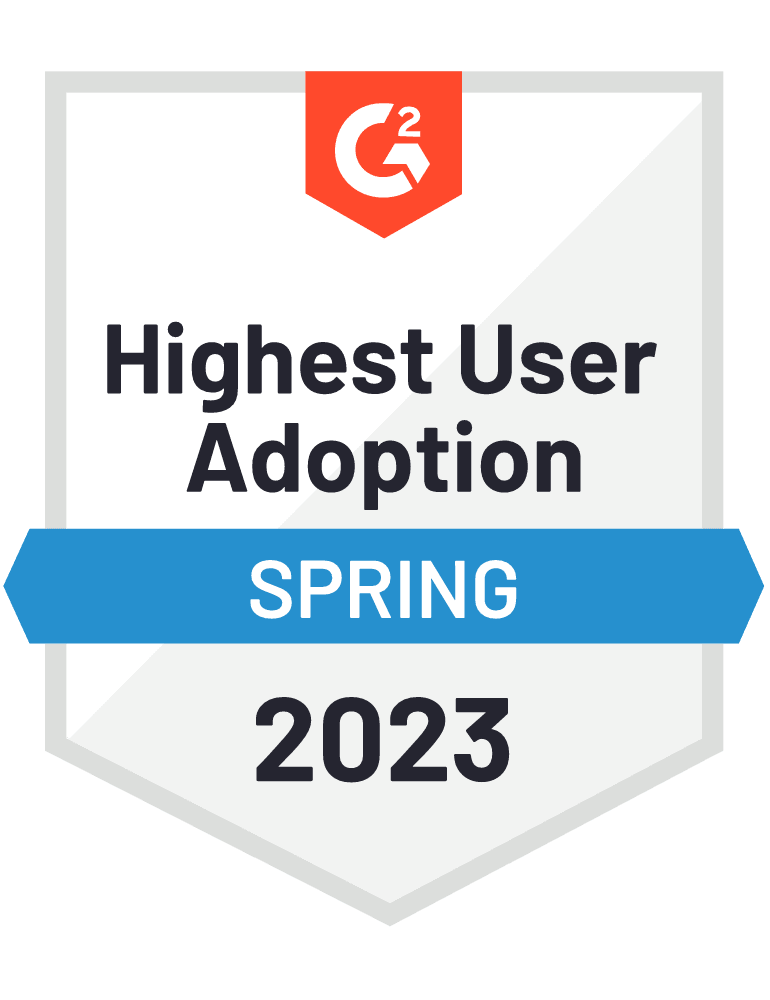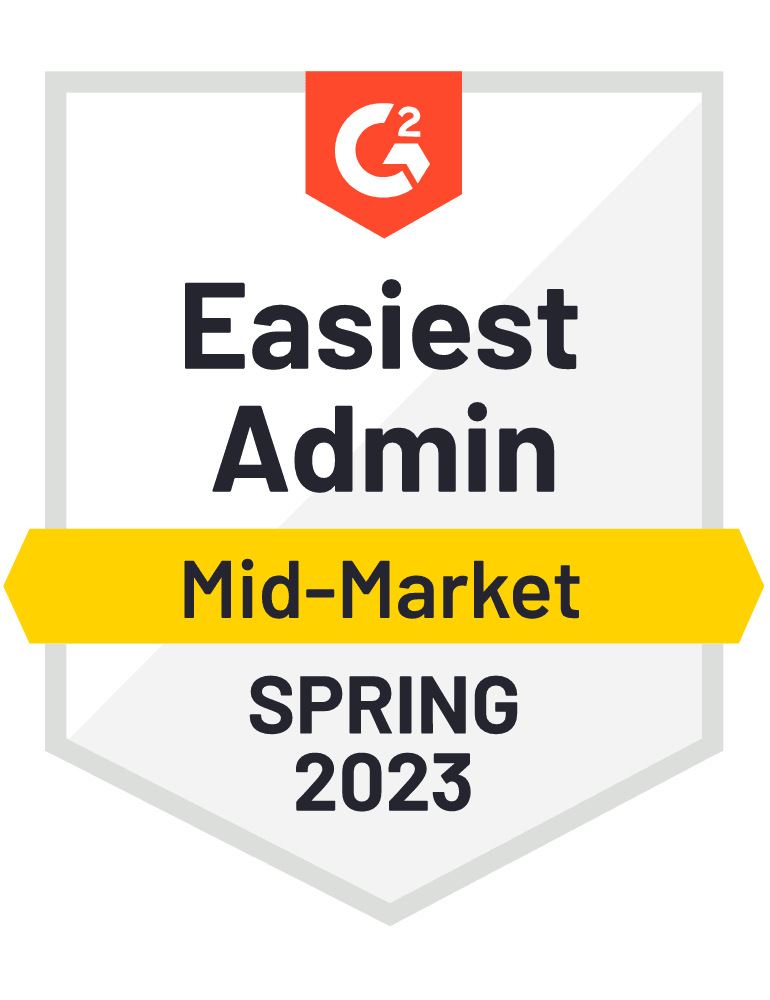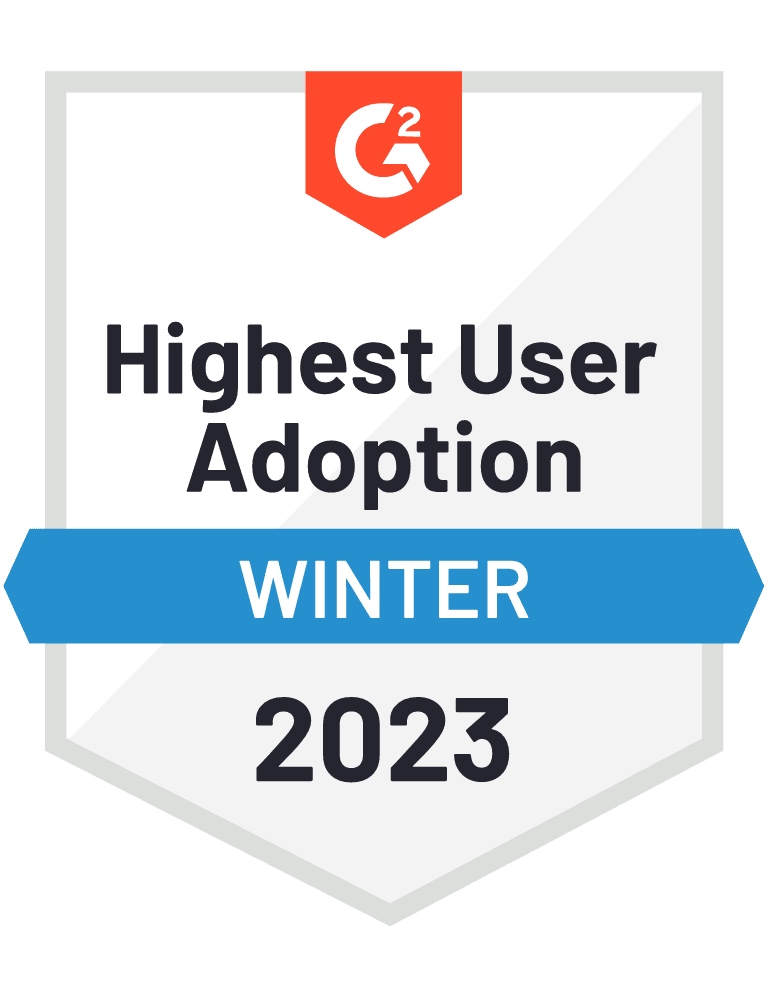We know, you’ve got a lot going on. So much, in fact, that you don’t have a ton of time to worry about what’s new in the payroll world. That’s where we come in!
Want to make sure you’re not missing important developments in the payroll scene? Never fear: we’ve got the round-up of payroll news and updates that you need to know in order to stay in the loop. This is Pay Matters – the July 2018 edition.
Read on to stay informed and stay in compliance with relevant alerts and insights that matter most for your payroll.
FEDERAL PAYROLL UPDATES
IRS Releases the Draft 2019 Form W-4...and it's Radically Different
In December 2017, the IRS passed sweeping changes to 2019 federal withholding taxes with the Tax Cuts and Jobs Act. On June 6, the IRS released a Draft 2019 Form W-4 , reflecting the 2019 tax reform.
The Draft 2019 Form W-4 introduces a new method for determining federal withholding on employees’ pay checks. Allowances are eliminated and a new “Head of Household” filing status is added. In addition, on current and past Forms W-4, employees completed a worksheet with information on nonwage income, spousal income, deductions, credits, etc. The worksheet would translate the information into the number of withholding allowances to claim. On the 2019 form, nonwage income, spousal pay, itemized deductions, and tax credits will be entered on the W-4 itself, and the burden will be on employers to determine the proper withholding.
The IRS has stated that the form should not be given to employees and “it is likely that this form will change before being released as final”. In addition, many questions remain unanswered by the IRS. It is expected that the IRS will continue to release guidance regarding the 2019 Form W-4.
In the meantime, the IRS is encouraging employees to use its 2018 withholding calculator to determine their correct withholding allowances for 2018, and make any necessary adjustments. The calculator guides employees through a series of questions such as marital status, income, and anticipated deductions to suggest the appropriate allowances.
STATE PAYROLL UPDATES
New Opt-In Employer Tax Coming to New York
In response to federal tax reform and the cap on the itemized deduction for state and local taxes (SALT), New York has included in its new budget, a provision allowing employers to opt in to a new Employer Compensation Expense Tax (ECET).
Under the ECET, New York employers may opt into the voluntary tax for 2019 by December 1, 2018. Employers will pay a payroll tax for covered employees, and those covered employees will receive a tax credit against their New York state income tax liability. The ECET is not an employee deduction and cannot be withheld from employee paychecks. It is paid by the employer on employee Medicare wages in excess of $40,000 per year. The tax rate for 2019 is 1.5%, and it will increase to 3% in 2020 and 5% in 2021. ECET will be paid electronically together with New York state withholding tax, and there will be mandatory e-filing of ECET forms.
Many questions remain regarding the ECET such as how the IRS will address the new tax, whether employees who are residents of other states can include the ECET credit on their state tax returns, and whether employers can cover some employees and not others. More guidance is expected in the coming months.
You can find more information on the ECET here.
HHAs May Still Exclude Meals and Sleep Time from Pay
As previously reported, NYS DOL had issued an emergency rule allowing home health agencies to continue excluding qualified meal and sleep periods from pay despite court rulings in September 2017 to the contrary. This emergency rule has now been readopted until July 30, 2018.
The DOL had announced on April 25 that it “intends to adopt this emergency rule as a permanent rule and will publish a notice of proposed rulemaking in the state register at some future date.” The permanent ruling has yet to be published. Thus, employers can continue to rely on the emergency rule and need not pay for a qualified meal and sleep periods. As always, all pay practices should be reviewed with your legal counsel for compliance.
Washington, D.C. Eliminates Tip Credit
In what may become a growing trend in state hospitality industry labor rules, on June 19, Washington, DC residents voted to eliminate the tip credit which allows employers to offset minimum wage for employees who earn tips at work.
The current minimum wage in Washington, DC is $12.50 per hour; however, tipped workers may be paid as little as $3.33 per hour if the tips earned bring the employee hourly rate up to minimum wage. If the tips earned are not enough to meet $12.50 per hour, the employer must make up the difference.
Beginning July 1, 2018, tipped minimum wage will increase to $4.50 per hour, and will continue to increase every July 1 through July 1, 2025, when tipped minimum wage will be the same as the state minimum wage of $15.00 per hour. The following is the schedule of tip credit phase out:
| Minimum Wage |
Tipped Minimum Wage |
Tip Credit |
| July 1, 2018: $12.50 |
$4.50 |
$8.75 |
| July 1, 2019: $14.00 |
$6.00 |
$8.00 |
| July 1, 2020: $15.00 |
$7.50 |
$7.50 |
| July 1, 2021: $15.00 |
$9.00 |
$6.00 |
| July 1, 2022: $15.00 |
$10.50 |
$4.50 |
| July 1, 2023: $15.00 |
$12.00 |
$3.00 |
| July 1, 2024: $15.00 |
$13.50 |
$1.50 |
| July 1, 2025: $15.00 |
$15.00 |
$0.00 |
LOCAL PAYROLL UPDATES
Seattle, Washington Repeals Employee Head Count Tax
On June 12, the Seattle City Council repealed an employee headcount tax that that was passed unanimously less than a month earlier. Opposition from Seattle’s largest businesses including Amazon.com Inc. and Starbucks Corp led to the repeal.
Under the law, employers with annual incomes exceeding $20 million would have paid a tax of $0.14323 per hour worked which translates to about $275 per full-time employee annually. The tax was expected to generate $48 million in revenue annually from about 585 companies and was budgeted to go towards affordable housing in Seattle where the recent tech boom has brought a spike in housing costs and an increase in homelessness.
This information is for educational purposes only, and not to provide specific legal advice. This may not reflect the most recent developments in the law and may not be applicable to a particular situation or jurisdiction.










